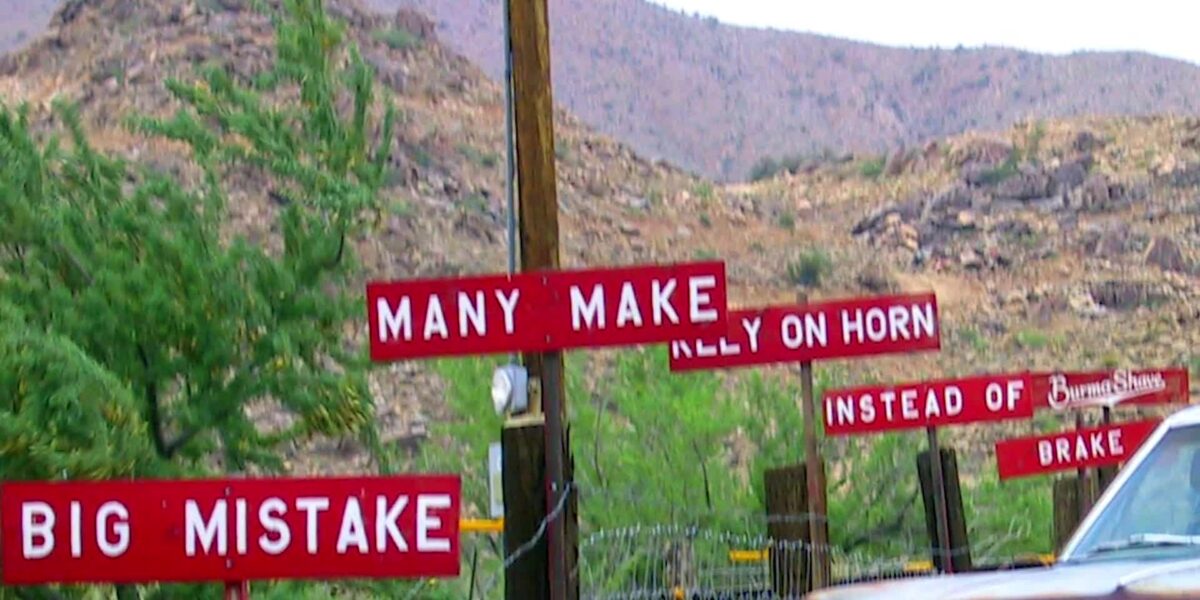Imagine you’re in your autonomous vehicle on a trip to Cleveland from Youngstown, Ohio — roughly an hour and a half journey. That’s 90 minutes of solitude that give you — the veteran of driving your own car for decades — free time you never had before.
Once on the road, your vehicle’s autonomous feature kicks in and you kick back. You eat your breakfast burrito and look through emails. You answer a few, then call the office to touch base with your boss and your assistant. After talking to your assistant, but getting the bosses autonomous voice mail, you check the time and boom — nine whole minutes have elapsed. OKKKKK…. now you only have 81 minutes to go.
You glance to the side and see other “passive drivers” looking out their windows with glazed eyes. It reminds you of the look you’d get from a 5-year old sitting buckled in the back seat of his mom’s car. He’s bored with his legos and coloring book and is just staring out the window between naps.
If the road is full of self-driving cars, they’ll avoid each other automatically. Autonomous vehicles are expected to dramatically decrease the amount of auto accidents. But while decreasing accident levels, will they be increasing boredom levels? Everybody is looking for some connection, some purpose, something meaningful to do, some action or at least something interesting to view.
Return to the Future
It is often said that history repeats itself. So maybe it’s time to bring back the style of advertising Burma-Shave signs that were popular in the ‘30s and ‘40s.
Burma-Shave was a pre-aerosol “brushless” shaving cream—a cream you could scoop out of a jar and lather onto your face without relying on an old-fashioned brush and moistened soap in a mug. In the late ‘20s, one enterprising Burma-Shave salesman came up with a way to boost brand recognition.
“Burma-Shave posted a series of signs set about 100 feet apart, that were welcome eye-openers for weary drivers.” The Why Not 100 blog explained, “The first signs arose on rural highways in Minnesota, and those didn’t even rhyme. Eventually, there were some 7,000 sets of signs in 45 states, little verses that touted the shaving product, of course, but often also romance and safe driving.” Most Burma-Shave signs consisted of rhymed messages, all ending with the advertiser’s name, “Burma-Shave.”
Here are some examples:
- This cream makes / the gardener’s daughter / plant her tu-lips / where she oughter / Burma-Shave.
- Don’t pass cars / on curve or hill / If the cops don’t get you / morticians will / Burma-Shave.
- My job is / keeping faces clean / and nobody knows / de stubble I’ve seen / Burma-Shave.
- Said Farmer Brown / who’s bald on top / wish I could / rotate the crop / Burma-Shave.
Wiki reports sales increased and at its peak, Burma-Shave was the second-highest-selling brushless shaving cream in the U.S. Drivers said the signs also broke up the monotony of the trips.
Would It Work Today?
You might see something like:
- Stuck in the car? / Don’t throw a fit / Next stop take a 5 minute run / yep, just do it / Nike
- Don’t want the razor / don’t need Gillette / bikini wax, Brazilian wax / have you tried it yet ? / LA Salons
- Don’t get nervous when you have to go / If you can relate / There’s no need to wait / Just go baby go / Depends Adult Diapers
Keep your eyes open for new marketing opportunities when autonomous vehicles become the norm. It may not be rhyming signs, but you may want to write few lines just in case.













Comment